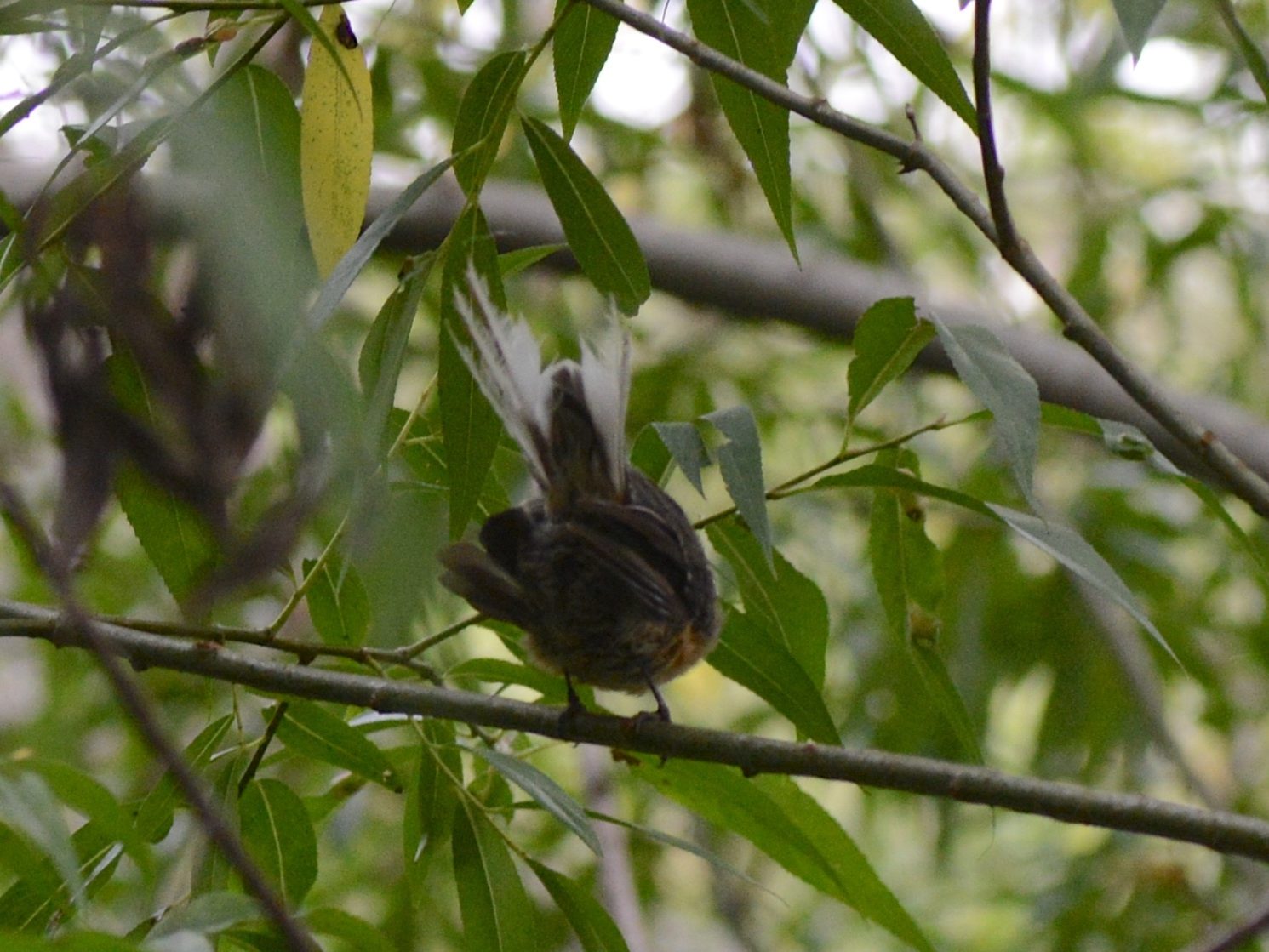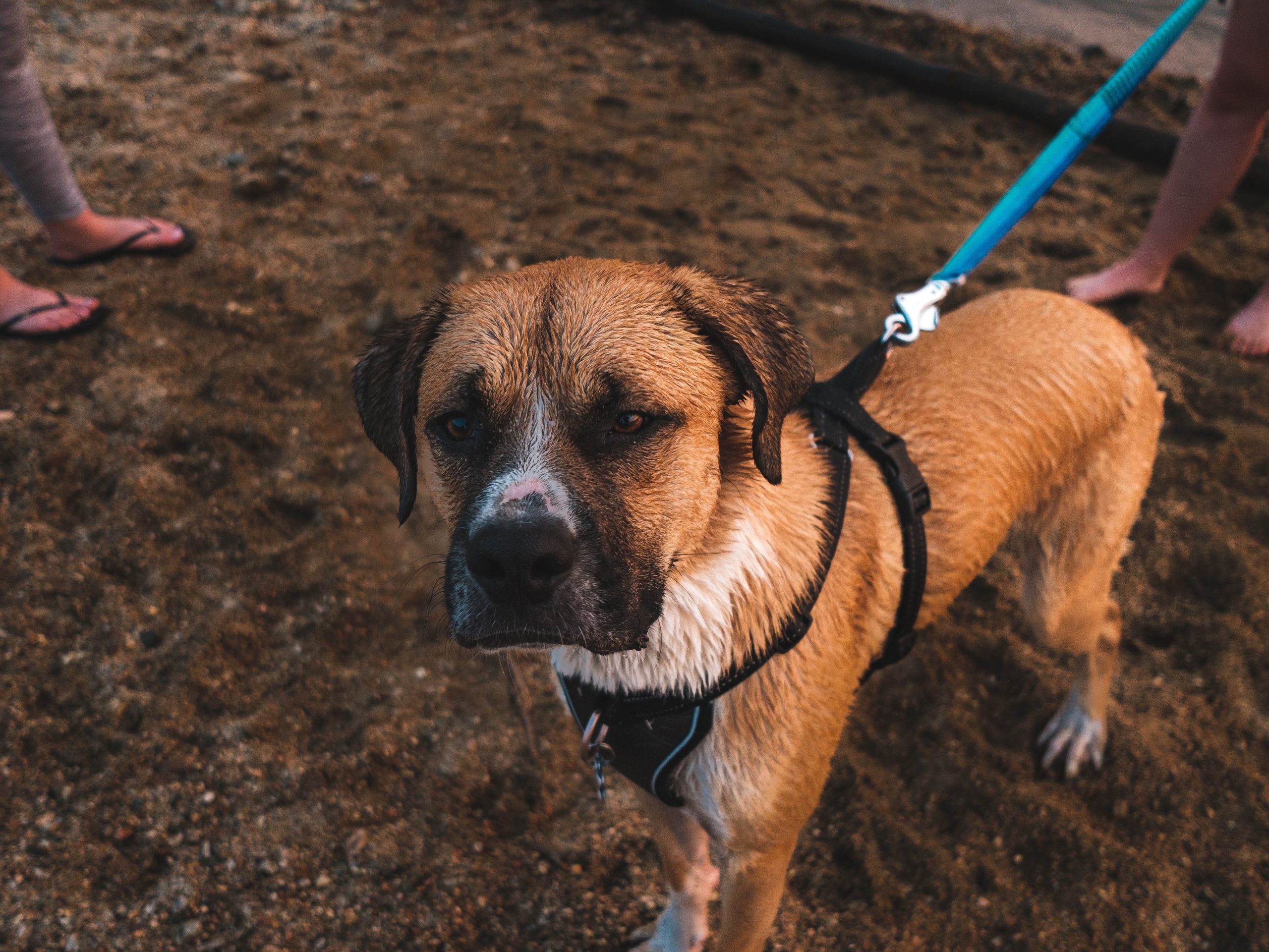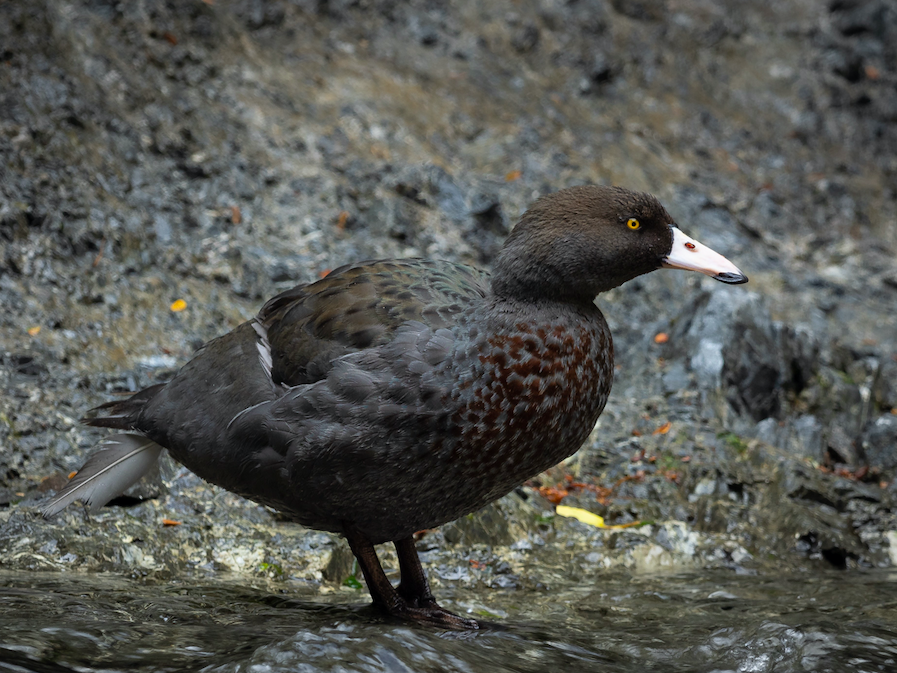As birds lose their old feathers to make way for new healthy ones, they are stressed, vulnerable and grumpy. What can you do about it? Plenty.

Imagine having to change your clothes in public, at the park, the bush or the beach. Then imagine it taking a few days, even weeks, to entirely change your outfit, and you haven’t eaten properly that whole time. You’re at the mercy of the elements; you’re hangry; you’re basically defenceless.

Welcome to moulting season.
Late summer to autumn is a tough old time for many native birds as they shed their feathers and grow new ones in an avian version of Naked and Afraid. No sooner have their hungry and demanding chicks left the nest than adult birds begin to moult.
“It’s a super vulnerable time for them,” says Micah Scholer, ecologist and convenor of Bird NZ’s Moult Recording Scheme.
Especially for those birds that undergo a heavy moult, like penguins and waterfowl. They lose their usual ability to fly, swim and forage. So escaping predators, curious dogs, cats and humans is difficult.
“While most birds replace wing and tail feathers sequentially, replacing one before moving to the next, ducks go all in, dropping most of their flight feathers simultaneously and subsequently leaving them unable to fly.
“Penguins take that a step further by replacing all their body, wing, and tail feathers at once. For any bird replacing feathers, those gaps left where new feathers are growing in makes it harder to fly to evade danger,” Micah says.
Moulting is an unavoidable part of a bird’s life. They have to grow new feathers for flight, swimming, and insulation. It’s energetically expensive to get rid of all feathers in one go and grow a new set of plumage for the year, he explains.
Keep dogs on a lead

Any dog can kill a bird, whether it means to or not. Dogs are curious and playful and love smelly things. So you can imagine how enticing a fishy-smelly kororā (little blue penguin) or hoiho (yellow-eyed penguin) is at the beach, especially when they can’t escape back into the water while their waterproof feathers grow.
The same goes for birds living around rivers, lakes and forests – birds that would usually escape your off-lead pup bounding in their direction are unable to fly or swim away quickly.
You can make a huge difference by keeping dogs on a lead while at the beach, in parks or on trails. Better yet, exercise them at fenced dog parks with other furry mates.
Ramp up your trapping
If your trap is sitting unloved in the backyard, with the lure turning into a mouldy science experiment and weeds growing over the entrance – now is an excellent time to revamp your efforts. Backyard favourites like tūī, pīwakawaka and riroriro (grey warbler)need extra help during their wardrobe change.
Try this:
- Scuff the ground outside your trap or bait station – it makes it more interesting for rats and stoats
- Blaze scented flour around the trap or station – here’s a recipe using ingredients you probably already have in your pantry
Keep cats happy at home
Keeping your cat indoors removes all risk to your cat and native wildlife. Playing with and cuddling your cat indoors as much as possible makes them happier at home and would be a big help. If you’re not ready to keep your cat indoors all the time, bring them in one hour before dusk until an hour after dawn, which is when birds are most active.
Leave ‘em alone

You might see a scruffy, diseased-looking bird with feathers missing, and saviour mode kicks in – resist it. The best thing you can do when you see a moulting bird is to leave it alone. They are already pumping energy into growing feathers and don’t have excess energy to avoid disturbance. If the bird is obviously sick, injured (broken bones, wounds) or is stuck somewhere unsafe, call the Department of Conservation’s emergency hotline (0800 DOC HOT), your local SPCA or vet.
Also, be aware birds might take more time to move out of your way, whether walking or boating.
If you are doing these things and want to help more, look into NZ Bird’s Moult Recording Scheme.
“The moult cycle is one of the most underappreciated things in the avian life cycle. It’s important to continue discovering more about moulting patterns and how they fit in with breeding or migration. It can help us better protect and conserve at-risk species,” Micah says.
Over the past 40 years of the scheme, people have collected 18,000 moult records.
“This sounds like a lot, but it’s not when you think of all the birds living in NZ.”
For more information, contact Micah at [email protected].

